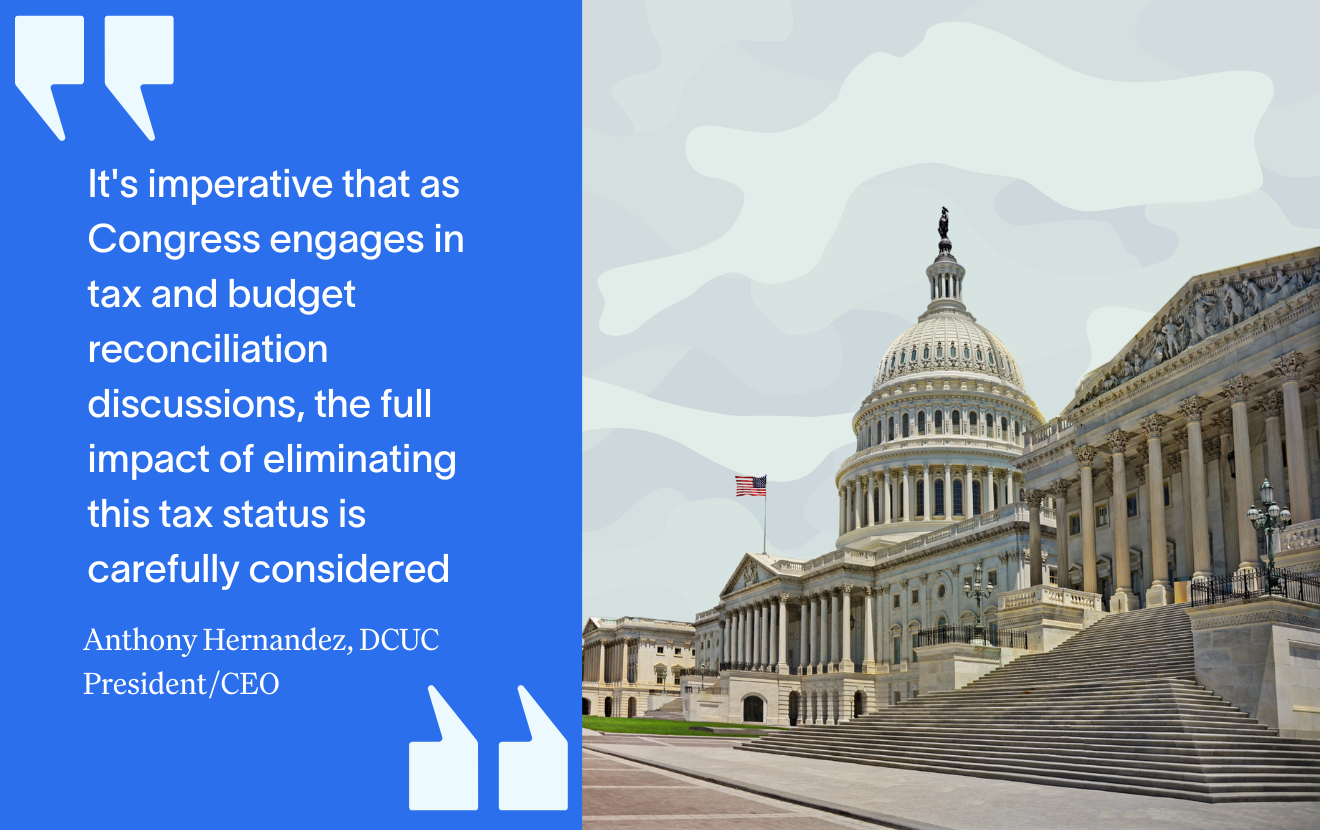Have you been challenged to be disruptive? Have you been told you will be disrupted? Tired of the "disruptive" rhetoric? We sure are ... but disruption is nonetheless an important topic of conversation. There is, however, a critical understanding of disruption necessary in order to trulydefine and embrace disruptive influences and actions. Curious? Read on.
Disruption vs Iteration
When it comes to disruption, the first thing to understand is the difference between disruption and iteration. InClayton M. Christensen's 1997 book "The Innovator's Solution," a disruptive innovation is an "innovation that creates a new market and value network that will eventually disrupt an already existing market and replace an existing product."In contrast, an iteration is an improvement in an existing product that seeks to maintain the existing market and value network. Take a look at industry dialogue on "disruption." What passes for "disruptive" dialogue in today's credit union community is not really about disruption, but about making iterative - preservative - improvements.
The Credit Union Industry Challenge
If we are really talking disruption, then what we seek are products and services that do away with those we currently offer consumers. Given the intent ofdisruption, however, perhaps iteration is a saferstrategy. After all, who in their right mind would want to create something that kills existing business? The challenge credit unions face, of course, is that if credit unions themselves aren't disrupting the business, someone else will.
For an example we can turn to Christensen's firstbook "The Innovator's Dilemma: When New Technologies Cause Great Firms to Fail." His main source of research is the hard drive industry, whose entrenched firms were "attacked from below" by firms offering smaller, cheaper drives that were slower and offered less capacity. For the entrenched firms, their strategy was not to develop products that customers didn't want, which described the smaller drives. Rather, their strategy was to continue to make improvements to the existingdrives customers loved. In other words, they made slight iterative changes to their products.
This strategy worked ... until those disruptive products replaced the business all together. In Christensen's retelling, firm after firm faltered as drives that no one wanted all of a sudden became what everyone wanted.
When we think of "disruption" in banking we again say that most "disruptive activity"focuses onsubtle, iterative changes to the status quo. As a credit union consulting firm, we've also noticed something else quite interesting: credit unions are hardly iterating, let alone disrupting, the products that serve as the highest, most prevalent source of revenue - loans. Why? It's safer not to (thoughwe'd guess that most people would blame regulators for stymying change).
Let's take a look at lending specifically. If we really want to be disruptive, perhaps we should think about what firms we're on record as despising are doing in the world - payday lenders, check cashers, etc. The ethics of these businessesaside, they are filling a consumer need forspecial purpose loans and services at amounts that most credit unions and banks shy away from. In the contextof the hard drive industry, these firms offer the smaller, less profitable hard drives. Regulations are certainly pressuring the nation's payday lenders and check cashers, but other resources are popping up to handle demand (consumer and small business) forshort-term, small-dollar loans that are easy to obtain.
Most credit unions and banks don't like these kids of loans because, under existing policies, procedures, customer/member relationships, and balance sheet strategy, they don't make financial sense. In addition,existing products can do what those smaller loan types can do and more. Why add something with such limited functionality and at such low margins?
You will find the same defensive viewpointutteredby those failed hard drivefirms mentioned in "The Innovator's Dilemma." That viewpoint, however, is powerful and it easily overwhelms an institution to the point that it makes it extremely easy to dismiss such competitors and their simple products.
Disruption Doesn't Make Sense - But Is It Necessary?
When it comes to whether you want to be disruptive as a credit union or simply iterative in your thinking, the first stepis to make adecision aboutwhat you're after. Do you want to disrupt yourexisting market and/or replace your existing products? Or, would you ratherimproveexisting productsto support and satisfy existing members? The difference between the two questions is important because, upon making a decision, the response toeach question will take youdistinctly different places.
When making the initial decision of whether to be disruptive or iterative in your strategic efforts, or to decide whether disruption is even necessary, you will need to broadly explore your competitive environment. Such exploration should include the products and services that members and potential members are actually using - at your credit union and elsewhere. You may find you have no choice but to be disruptive, in which case you will need to begin the hard work of retooling your credit union to respond to the emerging threat posed bydisruptive competitors.
What About Innovation?
Often within the same exploration of disruption you will hear of the need to innovate. The question is, "innovate what?" Your research into disruption vs. iteration will help you better understand innovation. If you face little threat of disruption and you possess a demanding, growing, thriving member base, theninnovativeresearch and effort should be directed at finding ways toimprove products/services and delivery methods. If, on the other hand, disruption is necessary, then innovation must be focused on successful disruption. To put it bluntly, innovating to innovate is a worthless endeavor. There should be a context for innovation.
Disruption vs. iteration offers such a framework.
For a more lengthy, detailed, exploration of ideas regarding disruptive strategy we'd recommend picking up one of Christensen'sInnovators Dilemma books.
The ImportanceofBoard and Senior ManagementEngagement
Who bears responsibility for sparking and/or supporting dialogue about disruption? The board and seniormanagement. Christensen notesthat disruptive ideas are most often the inspiration of rank-and-file employees, but as the ideas move up the chain of command they are killed because they "don't make sense" and therefore lack support for continued exploration. That this is the common response to disruptivechallenges suggests senior management and board must go out of their way to nurture staff-inspired ideas and also develop their own ideas about disruption.
At the end of the day, success - if not survival -requires constant change. Sometimes drastic, disruptive change is necessary, and sometimes iterative, subtle change is necessary. The question is knowing what type of change your credit union needs, and whether you're ready for it.







